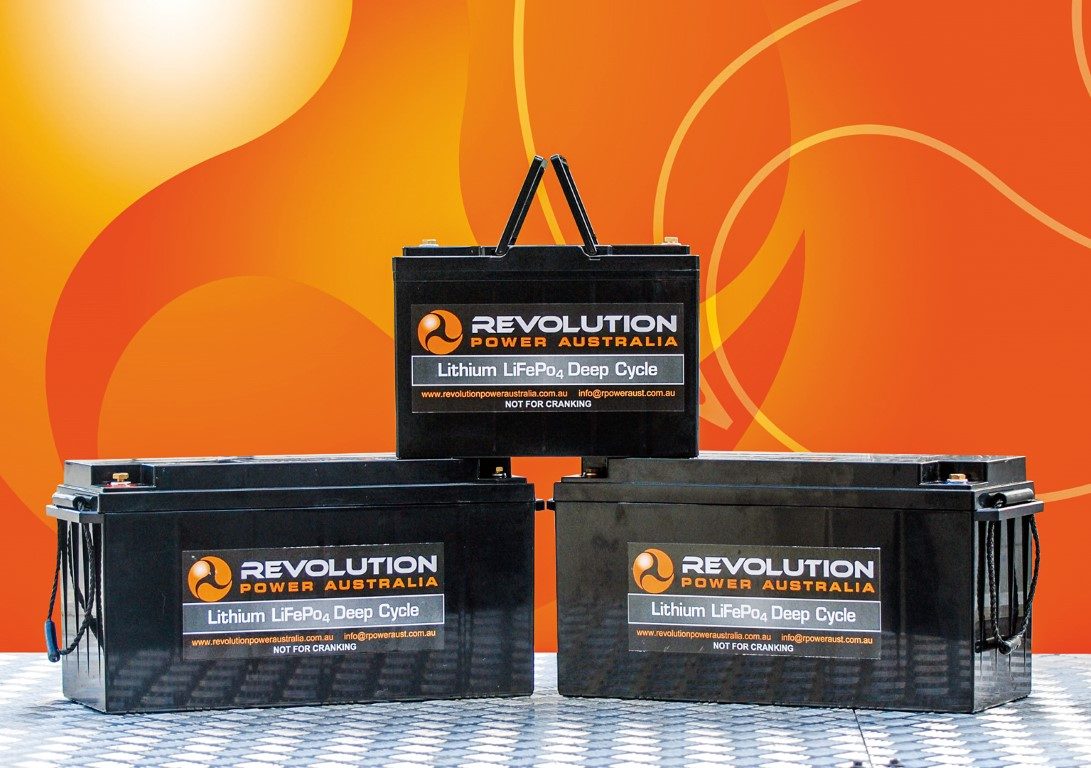Lithium Deep Cycle Batteries Vs Lead Acid Deep Cycle Batteries: Which one should I go for?
The marketplace is filled with different types of power batteries, and one may have a hard time getting a good power battery when certain terms and specifications are not known. The issue is even tackier in the instance where you have two top-quality/high-performance batteries before you. This is what brings us to the reason this article has been put as lithium deep cycle batteries and lead acid deep cycle batteries are brought to the fore.
Lithium deep cycle batteries
Lithium deep cycle batteries are designed to discharge to a depth of 80 – 100%, and they keep the flow rate of current sustained for a prolonged period. The effectiveness of a deep cycle battery to dole out current this way is usually incumbent on the energy cell and circuitry integrated into them. Lithium deep cycle batteries are available in different capacities and voltages
Lead acid deep cycle batteries
Lead acid deep cycle batteries have their current being delivered through thick lead plates, and it is available in three forms – flooded, absorbent glass mat, and deep cycle gel. Lead acid deep cycle batteries have varying capacities as a result of the different types available.
Compare and contrast
Let’s now run through some comparative discourse that can help you make an informed decision when attempting to choose between lithium and lead acid deep cycle batteries. Though both high-performing, one – that is, a lithium deep cycle battery – has the edge over the other. For one, a lithium deep cycle gives around 2000 cycles ensuring a more prolonged use while the lead acid can only achieve 200 cycles.
Considering that the Enduro power battery, a lithium deep cycle battery, is powered by 4 energy cells, only goes to show how massive its run-time can be. Closely related to this is the fact that lithium deep cycle batteries are usually more durable than lead acid batteries.
Another area where the lithium deep cycle battery beats the lead acid sort is its relatively fast charge rate. The charge rate of the former is four times faster than what is attainable with the latter. Lithium deep cycle batteries can be completely charged in about 2 – 3 hours compared to lead acid battery that could take 8 – 12 hours.
Plus, the self-discharge rate of lithium deep cycle batteries is quite low compared to lead acid batteries. Lead acid batteries are not as compact as lithium deep cycle batteries, and this is one of the factors that lead to a stark variation in their weight. In fact, lithium deep cycle batteries are over 50% less weighty than lead acid deep cycle batteries.
However, it is not all about lithium deep cycle batteries taking all the glory. At least, lead acid batteries steal the match in that they – unlike the former – can take in low current charges at low temperatures.
From the foregoing, it is apparent that lithium deep cycle batteries offer far greater advantages than lead acid deep cycle batteries. This is yet a pointer to the reason the former is gaining more traction among power battery enthusiasts/users.






